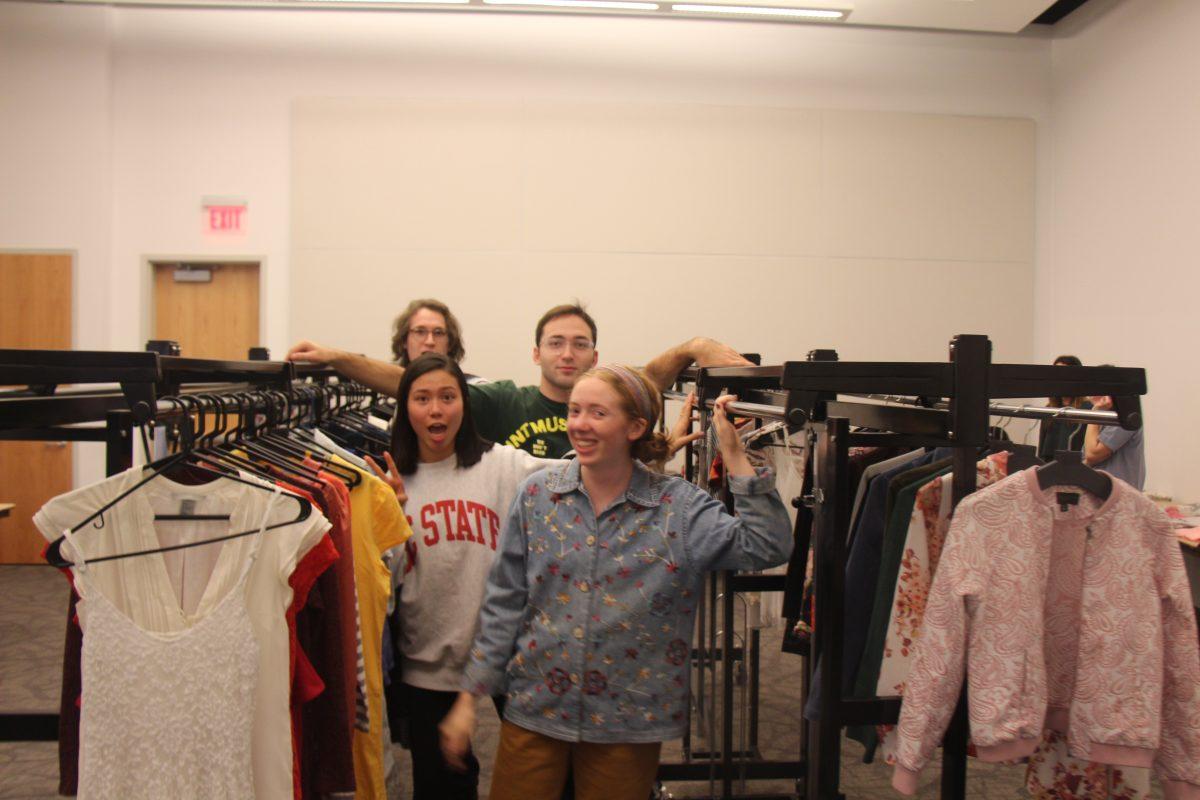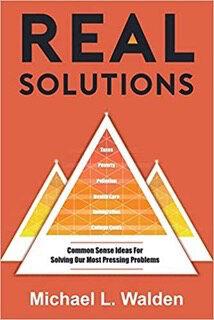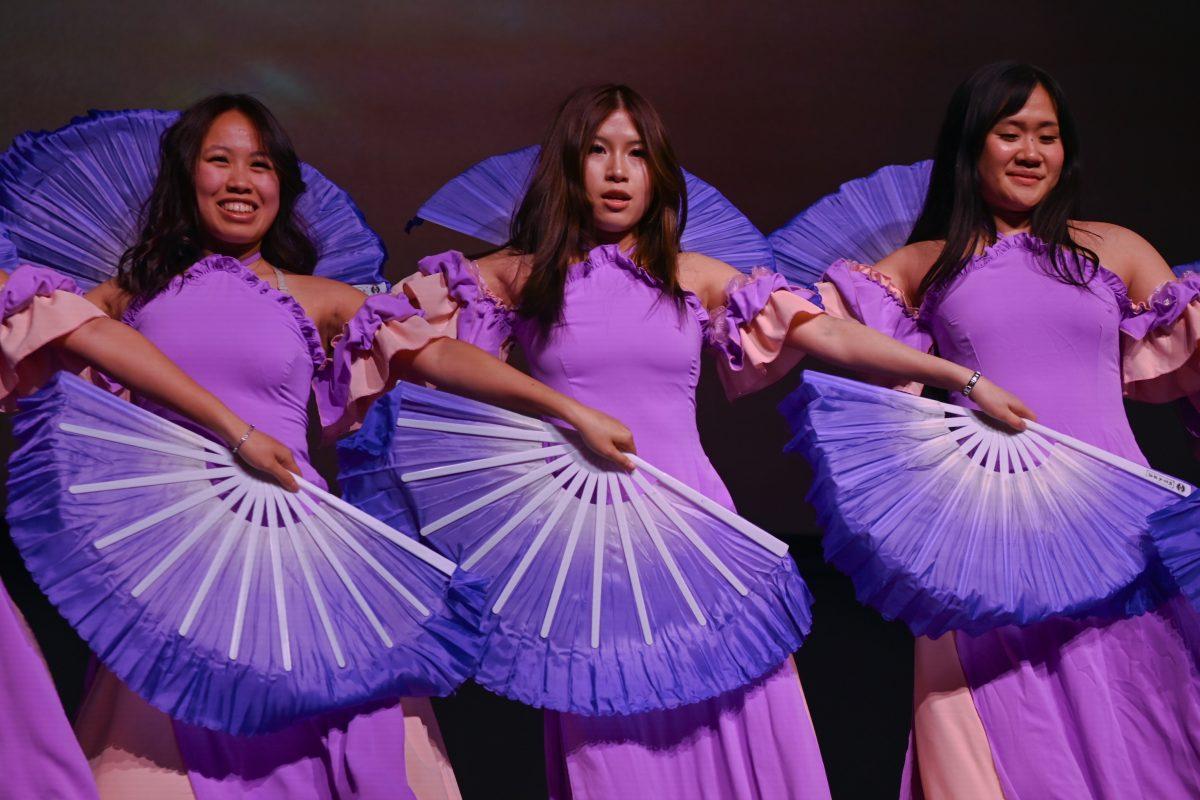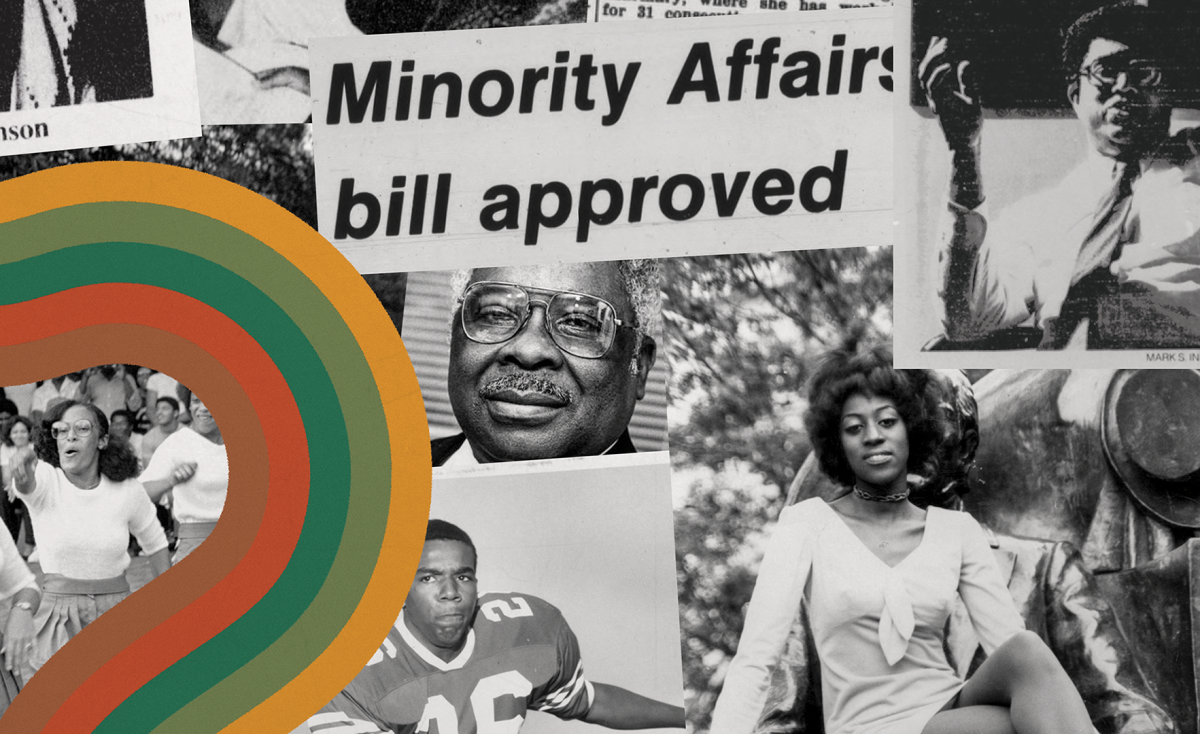On Feb. 4 at 6 p.m., the African American Cultural Center (AACC) will host a Zoom watch party for the first episode of the Hulu limited series “Little Fires Everywhere.” This event will be the first in a series of weekly watch parties held every Thursday at 6 p.m. Those who attend will watch, discuss and unpack an episode of the show.
Andie Batt, the interim university library technician for the AACC, stated the show was specifically chosen because there are overlapping themes of “Little Fires Everywhere” and “Sing, Unburied, Sing,” the book chosen for the Women’s Center’s spring book club.
“We were trying to make sure that we were contributing to a larger conversation that was occurring on campus,” Batt said. “Instead of doing a book club, we wanted to do more of a virtual watch party and discussion so that we have the opportunity for people to commune and hang out virtually. That’s always a very important aspect of the cultural center that we want to keep, even in times such as these.”
The show “Little Fires Everywhere” started it’s life as a #1 New York Times fiction bestselling novel by the same name by American author Celeste Ng. While the novel primarily focuses on a conflict of class between the affluent Elena Richardson and the wandering artist Mia Warren, the show adds a new dimension of race to their conflict in casting Kerry Washington as Mia, opposite Reese Witherspoon’s Elena.
Natalie Bullock Brown, a teaching assistant professor who teaches a class on Black popular culture, believes “Little Fires Everywhere” may be taking an important step forward in changing the way American television views race.
“Well I think until fairly recently, television has avoided really dealing with race head on,” Brown said. “I think shows like ‘All in the Family’ attempted to deal with race in a way that was, for the time, in your face to a certain degree because of Rob Reiner’s character. But I also think it was, in many ways, whitewashed because it was a comfortable argument that ‘All in the Family’ engaged in so as not to alienate white viewers.”
The watch party for “Little Fires Everywhere” comes at a time when American culture is more critically examining the role white women play in maintaining white supremacy and privilege. In re-evaluating the role of privileged white women like Elena Richardson in upholding class and racial caste in the United States, the show charts a new course in how pop culture narratives perceive and center white women, Brown explains.
“It sounds promising because typically white women and Black women, when they’re enrolled together, white women are usually the ones that are centered,” Brown said. “They’re usually the ones who go through some sort of transformation.”
In thinking about who a narrative centers and grants grace to, it becomes clear that much of American media aims to discuss racism by focusing primarily on how white people process Blackness and racism — with very few fleshed-out Black characters present, Brown said.
This is a narrative that has been worn thin, and its demise within the culture will hopefully give birth to art and narratives that allow for more dimensional portrayals of Black characters and more opportunities for Black actors, as well as deeper conversations about race, class and gender on campus.



















